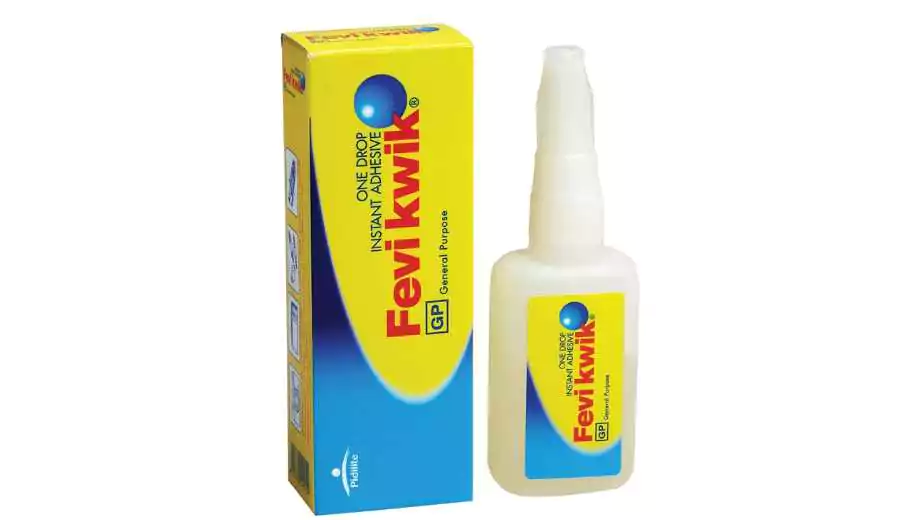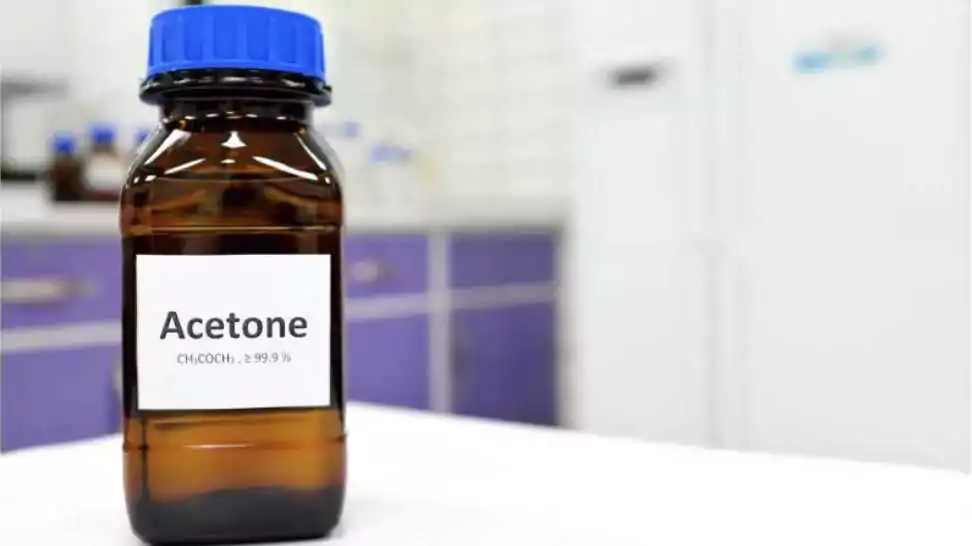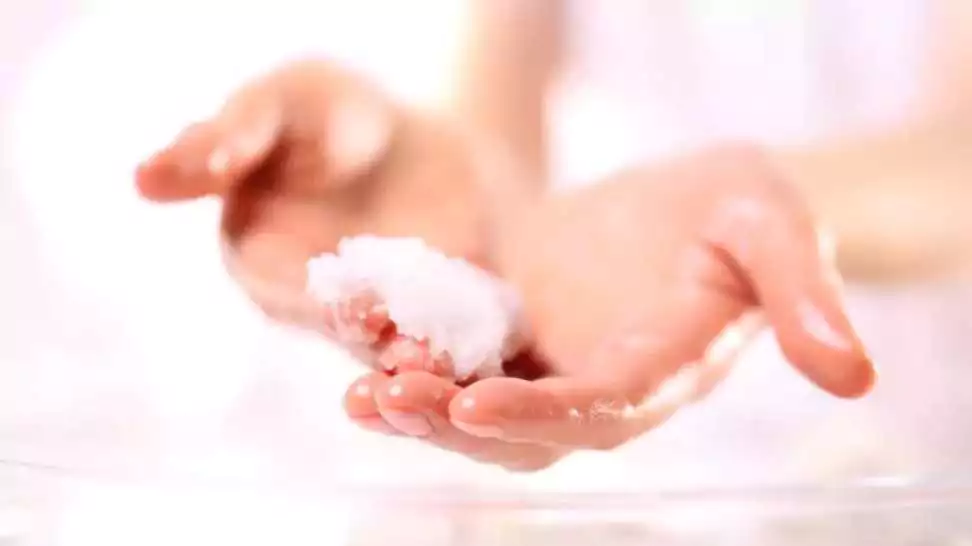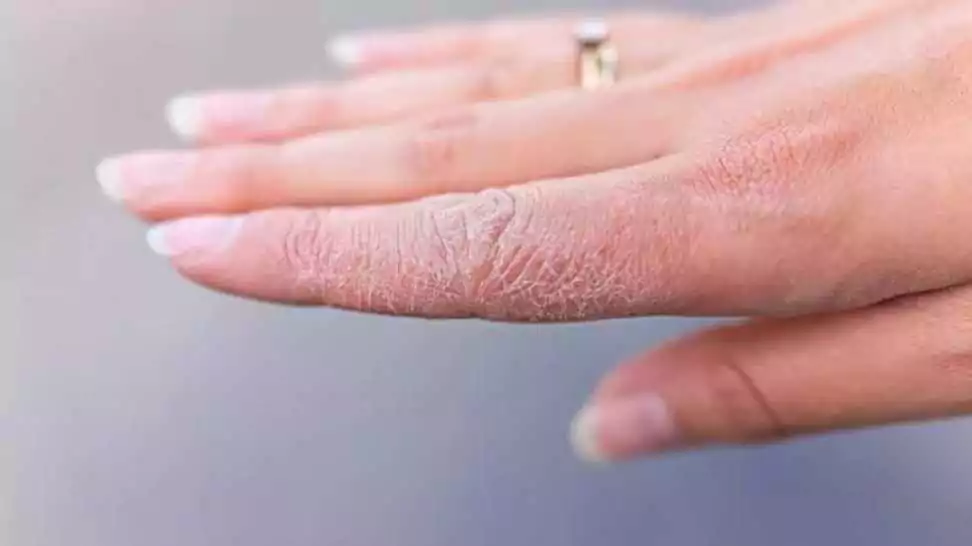How To Remove Feviquick From Hand – Step by Step Guide

Accidents happen, and sometimes that means ending up with a powerful adhesive like Feviquick on your skin. While it’s known for its superior bonding strength, getting it on your hands isn’t a permanent situation. This guide offers multiple methods to tackle this sticky predicament. We will walk you through each method, providing a step-by-step breakdown on How To Remove Feviquick From Hand. Whether you prefer household remedies or commercial solutions, we’ve got you covered. Dive in and discover the best way to free your skin from the adhesive grip of Feviquick.
1 Understanding Feviquick and Its Bonding Properties
Before diving into the details of how to remove Feviquick from hand, it’s important to understand what makes it stick. Feviquick is essentially cyanoacrylate glue. Cyanoacrylate is an adhesive that forms bonds quickly and strongly when it comes in contact with moisture. This makes it a versatile adhesive but also means it will bond to your skin. Knowing the nature of Feviquick will help you understand why the following methods are effective in removing it from your skin.
2 Immediate Action: How to Remove Feviquick from Hand Without Panic?
If you’ve just gotten Feviquick on your hand, the first step in learning how to remove Feviquick from your hand is to not panic. Rapid action is key. Do not try to forcibly remove it, as this can tear the skin. Instead, soak the affected area in warm, soapy water. This will gradually loosen the bond. Gentle movement under the water can aid in this process.
Using Acetone: A Tried and Tested Method

One of the most popular and effective ways on how to remove Feviquick from hand is by using acetone. This chemical is commonly found in nail polish removers. But be cautious, as some skin types may find acetone to be irritating.
- Test a small amount on a patch of skin to ensure there is no adverse reaction.
- Soak a cotton ball in acetone or nail polish remover.
- Apply the cotton ball to the area where the Feviquick has bonded to the skin.
- Gently rub until the glue starts to come off.
- Wash your hands with soap and warm water to remove any remaining glue and acetone.
Please note that if Feviquick is attached to a sensitive area, like near the eyes or on a wound, it’s crucial to avoid using acetone and consult a healthcare professional instead.
Using Oils: A Gentler Approach

Another method for those looking to understand how to remove Feviquick from their hand, especially for those with sensitive skin, is using oils. Olive oil, coconut oil, or any other vegetable oil can help in loosening the glue.
- Pour a small amount of oil on the affected area.
- Gently rub the area with a soft cloth or your fingers.
- As the glue softens, continue to add small amounts of oil and keep rubbing gently.
- Wash your hands with soap and warm water after the glue has been removed.
This method is a great alternative for people who may have a reaction to acetone or other chemicals.
The Salt Scrub Technique: An Effective and Natural Method

Using salt is another excellent approach how to remove Feviquick from hand. Salt acts as an abrasive and helps in breaking down the bond of the glue.
- Take a handful of salt in the palm of your hand.
- Add a few drops of water to make a paste.
- Use this paste to scrub the area affected by Feviquick rigorously.
- Continue scrubbing until the glue starts to peel off.
- Wash your hands with soap and water to ensure that all the glue and salt are removed from your skin.
This method is particularly useful for those who prefer using natural ingredients over chemicals and is an excellent addition to your arsenal on how to remove Feviquick from hand.
Peeling Method: Employing Patience

Sometimes, the answer to how to remove Feviquick from hand lies in patience. The skin naturally exfoliates and renews itself, and sometimes it’s best to let this process take care of the glue.
- Wait for the glue to dry completely.
- Once dry, gently try to roll or peel the glue off your skin.
- Do not force it; if it doesn’t come off easily, give it more time.
- Keep the area moisturised to help facilitate the peeling.
This method is slow but can be the safest option, especially if the glue is on a delicate or sensitive area.
3 Using Commercial Glue Removers: Specialized Solutions
In your quest on how to remove Feviquick from your hand, you might also come across commercial glue removers. These are specially formulated products that are designed to break down the bonds of adhesives.
- Follow the instructions on the label of the product.
- Apply the glue remover to the affected area.
- Allow it to sit for the recommended time.
- Gently peel or rub off the glue.
- Wash your hands with soap and water to remove any residue.
Remember, it’s important to do a patch test to ensure that your skin doesn’t react negatively to the product.
4 Safety Measures and Precautions
Knowing how to remove Feviquick from hand is just part of the equation. It’s also imperative to know the safety measures and precautions to take during the process.
- Never use sharp objects to remove the glue, as it can cause injury.
- If Feviquick gets in contact with your eyes, seek medical help immediately.
- In case of skin irritation or an allergic reaction to any product used to remove Feviquick, consult a healthcare professional.
- To avoid future accidents, handle Feviquick with care, and consider wearing gloves.
5 Wrapping Up
With this detailed guide, you’re now well-equipped with various methods and strategies on how to remove Feviquick from your hand. Whether you choose to use acetone, oils, salt, commercial removers, or simply wait for it to peel off naturally, it’s essential to remain calm and be gentle with your skin. Always prioritise your safety, and don’t hesitate to seek professional help if needed. May your adventures with Feviquick be less sticky in the future!
FAQ's about How To Remove Feviquick
Is Feviquick dangerous for skin?
While Feviquick is not toxic, it can cause skin irritation upon prolonged contact. It’s always recommended to remove it as soon as possible.
Can I use nail polish remover to get Feviquick off my skin?
Yes, acetone-based nail polish removers are effective at breaking down the adhesive properties of Feviquick, making it easier to peel off.
Are there any natural remedies to remove Feviquick from skin?
Warm soapy water can help loosen the bond. Additionally, some people have found success with vegetable oils or margarine, which can help to dissolve the adhesive.
How long does it take for Feviquick to wear off skin naturally?
If left untreated, Feviquick will eventually flake away as the skin naturally exfoliates. This can take a few days to more than a week depending on the amount and area of skin affected.
What should I avoid when trying to remove Feviquick from my skin?
Avoid forcefully peeling or tearing the skin. This can lead to skin damage or wounds.
Can Feviquick cause an allergic reaction?
While rare, some individuals might be sensitive to the ingredients in Feviquick and can experience redness, swelling, or itching. If you suspect an allergic reaction, seek medical advice.
Is it safe to use Feviquick around children?
Feviquick should be kept out of reach of children. If a child comes in contact with Feviquick, remove it following safe methods and consult a pediatrician if needed.
Will Feviquick stains come out of clothing?
While it’s challenging, acetone can be used to break down the adhesive on fabrics. However, always spot-test as acetone might damage or discolor certain textiles.
Can I use the same methods to remove Feviquick from other surfaces?
Many methods that work on skin can also be effective on surfaces like glass or metal. However, always test a small area first, especially on delicate or porous surfaces.
What if Feviquick gets in my eyes or mouth?
If Feviquick contacts sensitive areas like the eyes or mouth, it’s crucial to seek medical attention immediately.
Community Q&A
About This Article
This article has been viewed 645 times.



